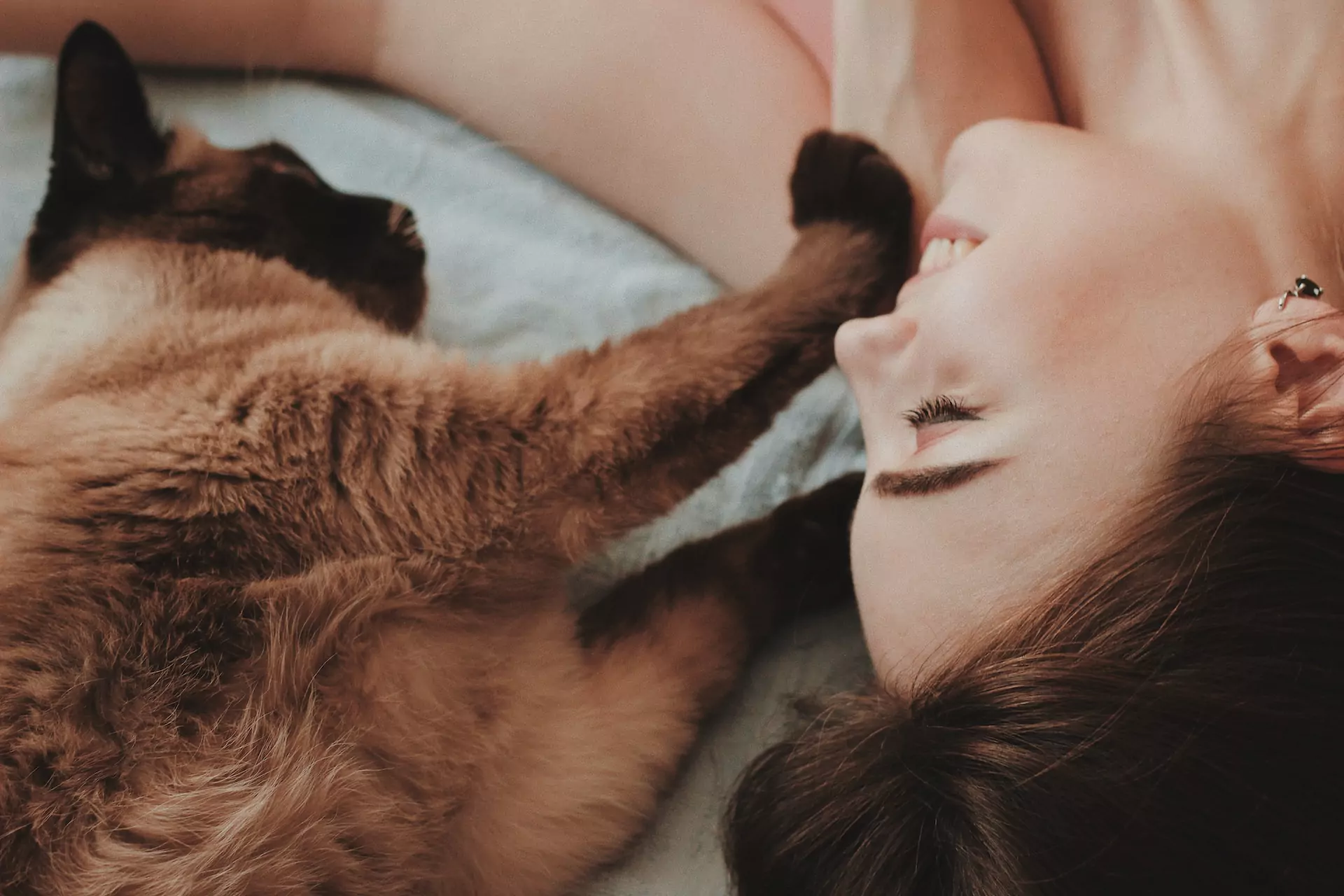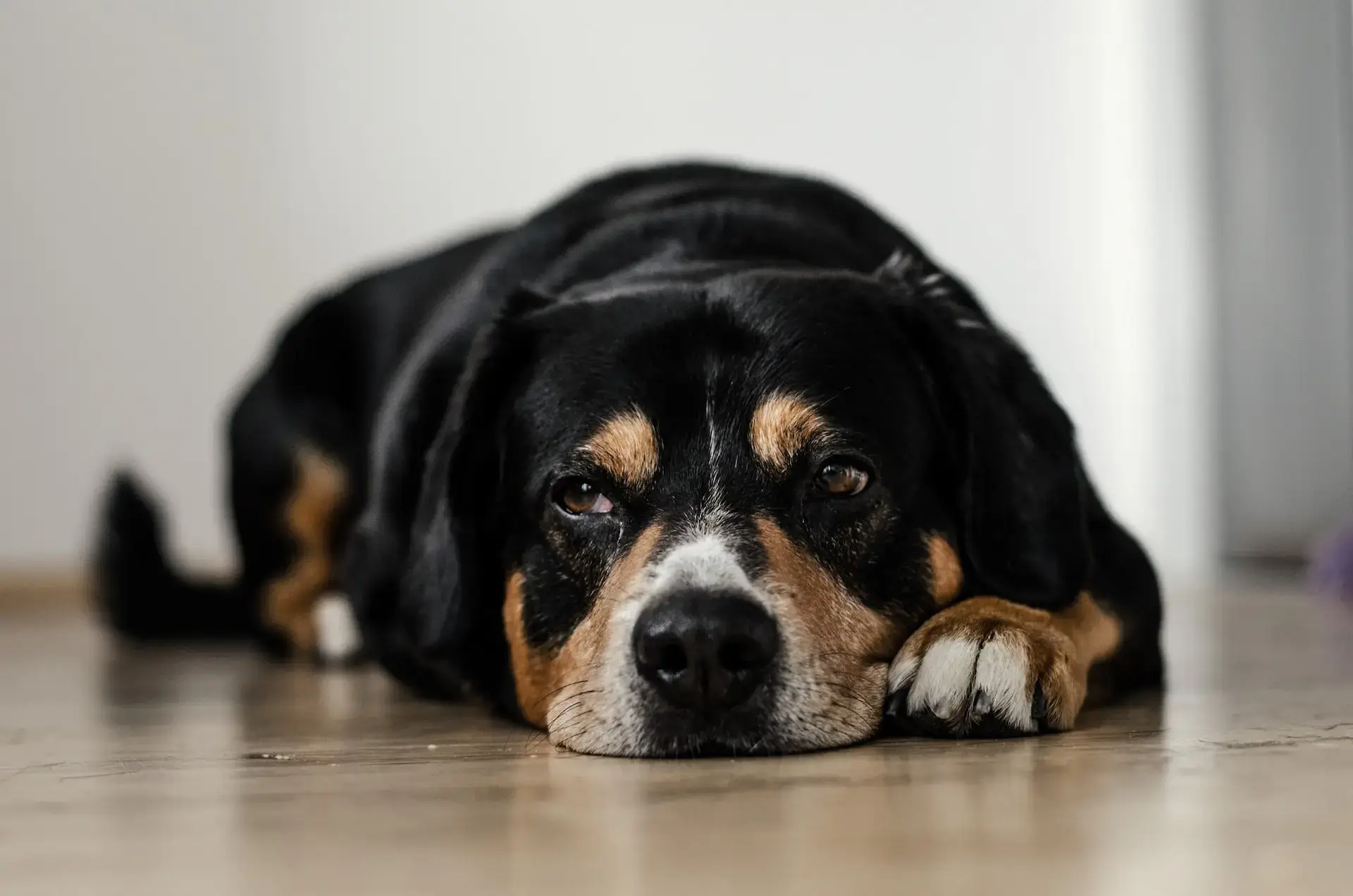Caring For A Beardie
Have you noticed that bearded dragons are getting quite popular? Bearded dragons make great pets: they’re not only easy to keep, they’re also adorable! Plus, they’re usually very gentle, and can even be cuddly! As with all reptiles, these miniature dinosaurs do require good care to thrive. If you’re a first-time beardie owner, you’ll need to do some research to learn how to keep your lizard happy and healthy. A Mattoon, IL veterinarian discusses bearded dragon care in this article.
Where Do Bearded Dragons Come From?
The bearded dragon is native to central Australia. They usually live between eight and ten years. Their natural color is sandy, which helps them blend into their native habitat. However, some of them are yellow or orange in color.
Why Are They Called Bearded Dragons?
When they are scared, bearded dragons flare out their skin under their chins, which looks like a beard. As to the dragon part, they do resemble the mythical beasts … they’re just smaller and nicer, and don’t breathe fire or hoard gold.
What Are The Benefits Of Owning A Bearded Dragon?
Bearded dragons are a popular reptile choice for good reason. In contrast to some other reptiles, they typically only reach about two feet in length as adults. Their low-maintenance nature makes them ideal for even first-time owners. Many beardies are naturally friendly and affectionate – something rare among reptiles. They’re also quiet, don’t make messes, and don’t need training. However, bearded dragons typically live over a decade, so getting one does represent a pretty long commitment.
Do your research before deciding to purchase a bearded dragon, and make sure you find a good veterinary clinic that treats reptiles.
Bearded Dragon Terrariums: How To Choose The Right One
The ideal habitat size varies based on your pet’s age. For example, a 20-gallon terrarium is recommended for a baby beardie. However, considering their rapid growth, you may want to go ahead and get a 40-gallon terrarium. A minimum size of 70 gallons is required once beardies reach adulthood. Keep that in mind before adopting one. While the beardie is not the largest reptile, a 70-gallon home is quite spacious, and may not work well in a small house.
There are numerous substrate options available, such as newspaper, butcher paper, and reptile carpet. If you choose paper as substrate, you will need to change it daily. Keep in mind that sand substrates are not appropriate for young dragons. They can swallow sand particles. That can cause intestinal blockages, which can be fatal. Ask your Mattoon, IL veterinarians for tips.
What Are Bearded Dragons Habitat Temperature Requirements?
As is the case with many reptiles, beardies require very specific temperatures. To regulate their body heat, beardies move from warmer to cooler areas. The terrarium should be set up in a way that creates different temperature gradients. The warmer end should be about 95 to 105F. The cooler end should be around 85. At night, the habitat can be cooler. For specific advice, please consult your veterinarian.
You’ll need to monitor conditions carefully. We recommend getting a thermometer. You may also need a hygrometer, so you can check humidity as well. (Note: ideal humidity levels are between 30 and 40 percent for beardies.)
What Kind Of Accessories Bearded Dragons Need?
When arranging your pet’s habitat, remember to incorporate furnishings. Consider a basking perch for your pet to lounge on while relaxing under (artificial) sunlight. Choose from sturdy options such as driftwood, large rocks, or grape vines to avoid any potential accidents. Including plants not only adds aesthetic value but can also have benefits for your pet. Just be diligent about choosing non-toxic options, as your beardie may nibble on them. It is also important to have at least one shelter for your pet’s comfort.
Don’t forget dinnerware! Offer your pet dragon shallow bowls for its food. This is essential for baby lizards, as they could drown in deep bowls. Place the bowls in the cooler part of the terrarium to prevent spoilage. Your Mattoon, IL vet can offer more specific advice.
Heat And Lighting Requirements For Bearded Dragons
Bearded dragons need full-spectrum light. Ultraviolet light, or UVB, is imperative to their health. In the wild, beardies receive UVB from the sun. Your pet will live inside, so you will need special bulbs. Otherwise, your pet may not be able to process calcium or Vitamin D. This can cause serious health problems, such as metabolic bone disease, or MBD.
Keep these things in mind:
- Young beardies may need stronger lights than adults. Consult your veterinarian regularly on this.
- The lights should be set to turn on and off every 12 hours on a timer.
- To prevent burns, keep bulbs at least a foot away from your dragon.
- It is also important to replace the bulbs regularly. They may lose significant power before you notice it, just because of the way they wear out.
How Can I Tell If My Beardie Is Sick?
When well-cared for, beardies tend to be hardy and healthy. However, like any pet, they can become ill or injured. Here are some red flags to watch out for:
- Unusual Movements Or Posture
- Trouble Walking
- Incomplete Sheds
- Weight/Composition Changes
- Constipation
- Diarrhea
- Lack Of Appetite (Note: this is normal just before a shed.)
- Respiratory Issues
- Lethargy
- Sunken Eyes
- Limping
- Stiffness/Weakness
- Tail Kinks
- Hanging Jaws
- Discoloration
- Lesions
If any of these occur, contact your Mattoon, IL veterinarian immediately.
What Do I Feed My Bearded Dragon?
These cute lizards are omnivores, so they eat both plants and insects. The proportions will change over time, as will their feeding schedules. Young dragons require more insects for protein, whereas adults can consume more plants and fewer insects.
Insect menu options include crickets, Dubia roaches, butterworms, hornworms, wasps, elder bugs, or mealworms. Use only store-bought insects: wild ones may be contaminated with pesticides. They could also be carrying parasites and diseases. Before feeding your tiny dinosaur his bugs, dust them with nutritional powder. (It’s worth noting that a beardie may not be the best option for someone with a weak stomach for creepy-crawlies.)
You can also provide your reptilian friend with fruits and vegetables. You can feed your beardies green leafy vegetables like dandelion, mustard greens, collard greens, kale, and endive. Yellow, red, and orange veggies that beardies can eat include carrots, bell peppers, and butternut squash.
Strawberries, grapes, tomatoes, peaches, figs, dates, and apricots are good choices for fruits. Just stick to small portions, as fruits are high in sugar.
Flowers can also be on your reptilian pal’s menu. (They also make cute beardie hats.) Not all flowers are safe, so do your research before giving any to your pet. Dandelions, roses, carnations, and geraniums are all fine. However, you’ll need to be very careful with where you get them: pesticide-treated flowers are definitely not safe for your beardie.
Consult your veterinarian for specific advice on feeding schedules, safe and unsafe foods, and supplements, such as calcium, vitamin D, and multivitamins.
As a final tip, make sure your beardie has access to fresh water at all times. Beardies are prone to dehydration, so this is very important. Regular soaks for your reptilian friend will also benefit him.
Please contact us at Clyde’s Animal Clinic, your local Mattoon, IL pet clinic, with any questions or concerns about bearded dragon care. We’re here to help!



